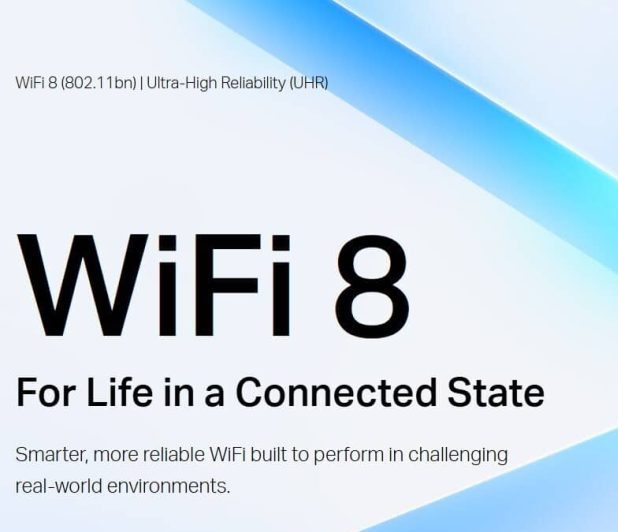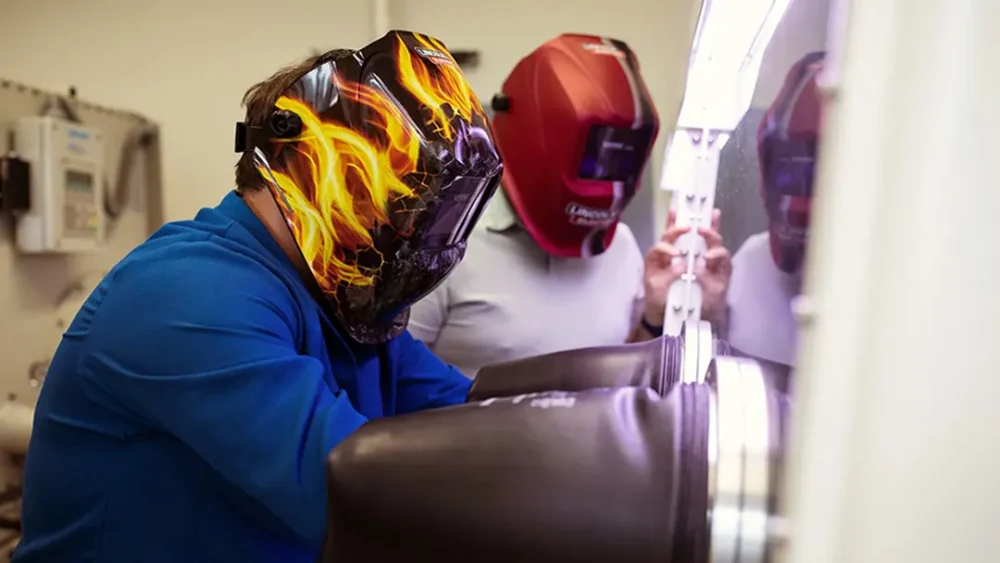While Wi-Fi 7 devices are still reaching consumers, the next generation of wireless technology is already taking shape. TP-Link has announced the successful demonstration of a Wi-Fi 8 prototype, calling it a “critical milestone” that proves the viability of the new standard, which is expected to be finalized by 2028.
Unlike previous generations that primarily chased higher peak speeds, Wi-Fi 8 (officially IEEE 802.11bn) represents a strategic shift in focus. Its core mission is to provide “Ultra High Reliability,” ensuring stable, low-latency connections in increasingly crowded and demanding home networks.
The New Goal: Consistency Over Raw Speed
Wi-Fi 8 will operate on the same 2.4 GHz, 5 GHz, and 6 GHz bands as Wi-Fi 7 and will have a similar theoretical peak data rate. The fundamental improvements lie in new technologies designed to solve common frustrations:
- Enhanced Long Range (ELR): A more robust signal structure to maintain stronger connections for devices far from the router, such as in garages or backyards.
- Multi-AP Coordination: Routers and mesh nodes will work together to coordinate signals and timing, reducing interference and creating a more consistent network across the entire home.
- Improved Seamless Roaming: Devices will automatically and instantly switch between access points without dropping the connection, eliminating frozen video calls when moving between rooms.
- Smarter Traffic Management: Features such as Dynamic Sub-band Operation (DSO) and Non-Primary Channel Access (NPCA) enable the router to manage network traffic more intelligently, preventing congestion and lag even when dozens of devices are connected.
When to Expect Wi-Fi 8
The Institute of Electrical and Electronics Engineers (IEEE) is targeting final ratification of the standard by 2028. However, in line with industry trends, the first consumer Wi-Fi 8 routers and devices could appear on the market before that formal ratification.
This demonstration by TP-Link, developed through a joint industry partnership, is a key early sign that the development of this next-generation wireless technology is firmly on track.


